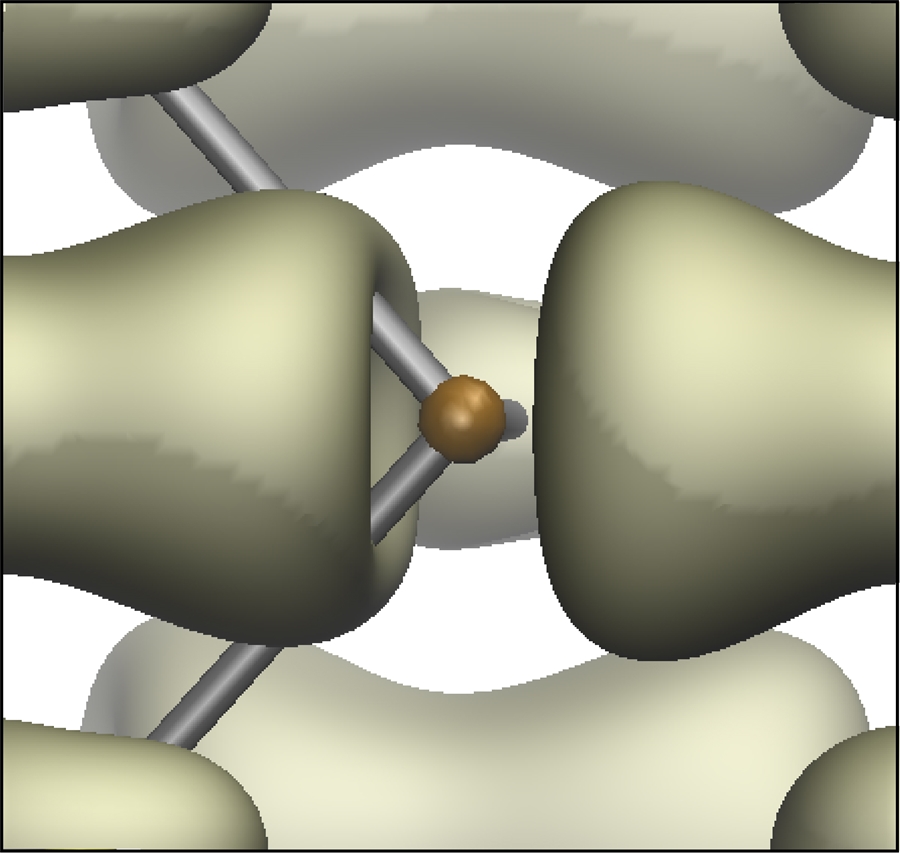
FAYETTEVILLE, Ark. — University of Arkansas researchers discovered an unusual deformation of a new potential class of two-dimensional materials that is created upon exposure to light. The effect, called photostriction, is a delicate mechanical coupling of the material to electromagnetic radiation that has never been reported within the context of two-dimensional materials before.
Their paper, "Photostrictive Two-dimensional Materials in the Monochalcogenide Family," will be published in a forthcoming issue of the Physical Review Letters. University of Arkansas researchers Raad Haleoot, Charles Paillard, Thaneshwor Kaloni, Mehrshad Mehboudi, Bin Xu, Laurent Bellaiche and Salvador Barraza-Lopez of the Department of Physics collaborated on the project.
"Group-IV monochalcogenide monolayers are interesting potential two-dimensional ferroelectrics that have an intrinsic in-plane electric moment and an extreme structural tunability," Barraza-Lopez said. "Upon discussion with Laurent and Charles, who had work on this effect in bulk (three dimensional) ferroelectrics, we decided to explore the mechanical response of monochalcogenide monolayers under illumination, and found that this two-dimensional structure can be strained uniaxially as the material sits under ambient light."
This is how the effect works: Electrons are excited from the valence band onto the conduction band when these materials are illuminated. As this electronic excitation process takes place, the electron cloud about atoms is modified with respect to its shape prior to illumination. Such a change of the electron cloud upon illumination "screens" the intrinsic in-plane electric moment, so the material contracts (strains) along the direction defined by the electric dipole in response.
"I wish to highlight the crucial leadership by Mr. Haleoot in carrying out extremely delicate calculations, and the close guidance by Dr. Paillard that made these results possible."
The computational work was carried out at Comet, a Supercomputer at San Diego Supercomputer Center (XSEDE TG-PHY090002). Barraza-Lopez is also funded by the Department of Energy.
Contacts
Salvador Barraza-Lopez, assistant professor
Department of Physics
479-575-5933, sbarraza@uark.edu
Amy Schlesing, director of science and research communications
University Relations
479-575-3033, amys@uark.edu